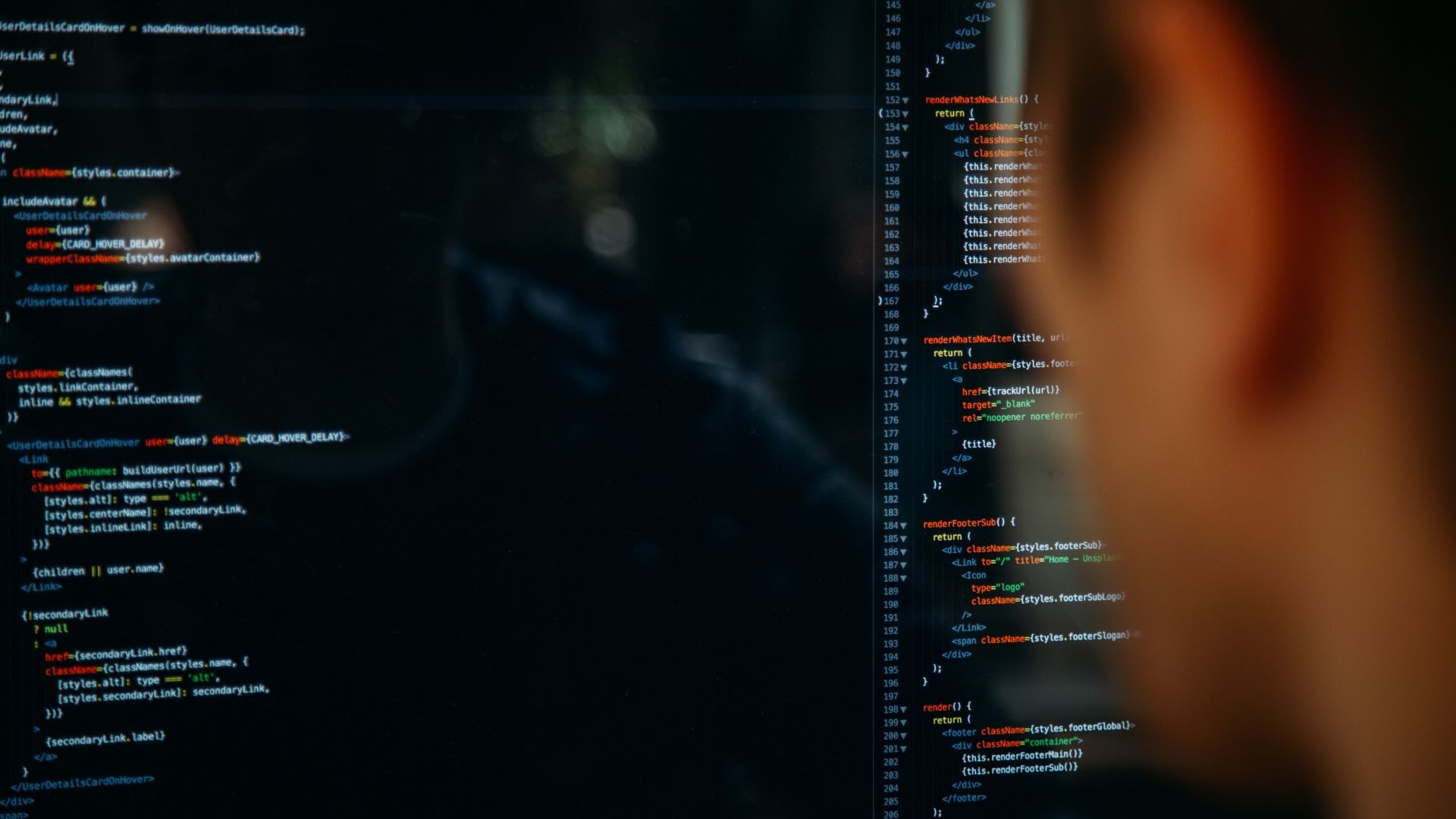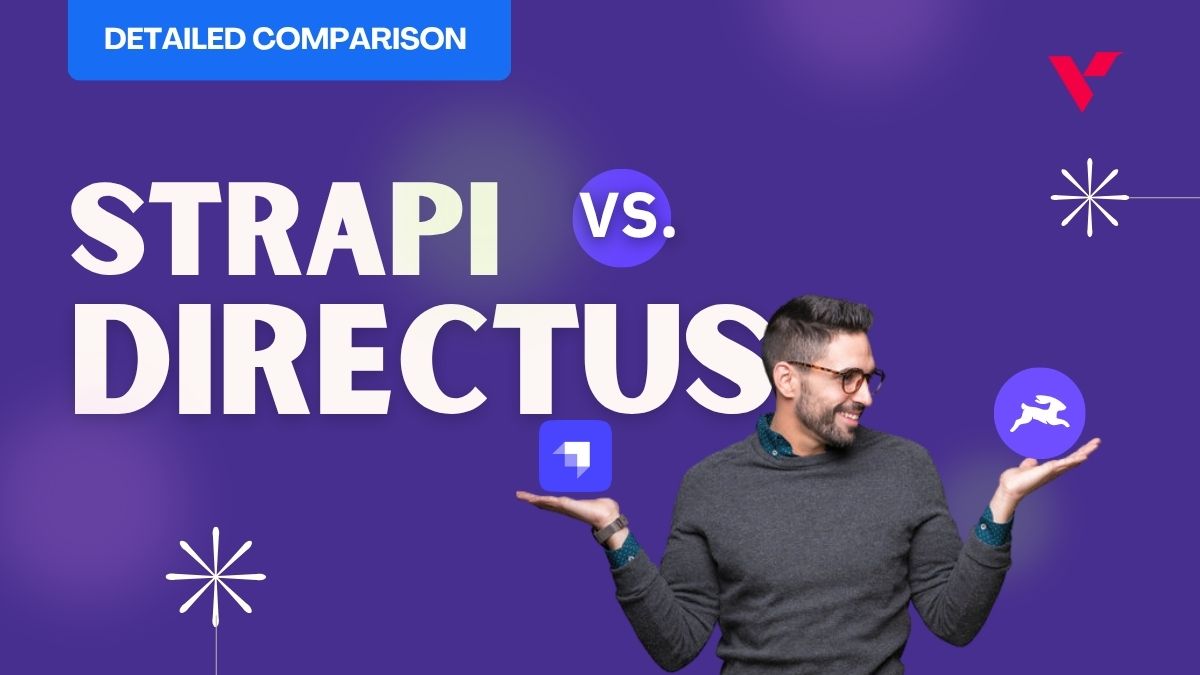Artificial intelligence is becoming an increasingly important aspect of our lives and one of the critical technologies that are driving our society forward into the 21st century. Because it’s so adaptable and diverse, it’s being used across a range of different industries, from travel and tourism to technology and healthcare.
AI has a lot to offer the field of web design, but only if we understand how it works. There are many myths out there, with some pundits asking questions about whether AI will take over web developers’ jobs. Spoiler alert: it won’t.
The truth is that it’s likely that AI will bring a lot of disruption to the web design field, but it won’t take over our jobs completely. Instead, savvy web designers will need to get used to AI-based tools and to make them a part of their everyday workflow. Otherwise, they risk being left behind by the opponents.
Moreover, with a growing number of designers and developers moving towards AI-based design practices, artificial intelligence is becoming a vital part of modern web development.
So what exactly do we need to know about artificial intelligence in the field of web design? And how can AI make our lives easier as web developers? Let’s jump on in and take a look.
Table of Contents
What is AI?
The term artificial intelligence refers to the use of digital technologies to simulate human intelligence. The concept has been around for at least fifty years. Still, it is only recently that technology has evolved to the point at which true artificial intelligence is starting to become possible.
One of the significant advantages of AI is that it can help us to process vast amounts of data at a rate that would have previously been impossible. In the healthcare industry, for example, AI can be used to process hundreds of thousands of medical scans to identify things that doctors might have missed. As with artificial intelligence in the web design industry, it’s not going to replace doctors – instead, it’s going to provide a level of oversight.
The pros and cons of AI can revolutionize any industry – you are welcome to get familiarized with them if you want to harness its potential most effectively. The majority agree that across most fields, the best combination is a mixture of human and artificial intelligence. While artificial intelligence can now beat the world’s best chess players, it turns out that the strongest setup is a mixture of humans and AI.
But how does this affect us as web designers? Let’s take a closer look.
Rise of ADI Systems
ADI stands for artificial design intelligence, and the idea here is to use AI technologies to aid the web design process.
Perhaps most notably, Wix added ADI to the backend of their system a couple of years ago to make it easier than ever before for people to get a new website up and running. The idea is to enable users to concentrate on their content while the site’s layout is essentially generated for them by the AI.
This approach has some advantages, of course, such as the fact that it’s much faster and more affordable than hiring a web designer to build a site for you. At the same time, though, you make sacrifices elsewhere. AI may be able to mimic human intelligence, but it can’t compete with us when it comes to creativity and innovation.
Wix is far from the only ADI provider, but it is one of the more notable ones because ADI fits in perfectly with its business model. They deal in volumes and are explicitly aimed at small business owners who want to get a website up and running with as little fuss as possible. These types of clients tend not to have a huge amount of money to dedicate to their web presence, and Wix provides a contemporary equivalent of Microsoft FrontPage and other more basic tools.
In other words, if you’re a professional web designer, you’re unlikely to see your job being taken over by an AI algorithm any time soon. With that said, you may find yourself working with clients who have used AI-based systems and who want you to migrate to a more powerful CMS. You may even find yourself working with AI-enabled platforms to automate specific processes, such as crawling for broken links and setting up 301 redirects.
With artificial intelligence, designers will be able to create interfaces that are even more appealing and responsive.
AI in UX
User experience (UX) refers to how people access, use, and experience a web application. When it comes to web design, UX is all about streamlining processes and making your site as approachable as possible for the people who use it. This includes everything from providing more accurate search results to identifying and removing bottlenecks in the purchase process.
AI can help here because it can process the enormous amounts of data that website analytics can provide and drill down at a much more granular level than a human analyst could ever hope to achieve. It can also power recommendations engines and personalization features to allow you to treat every single visitor as the unique individuals they are. Netflix uses a combination of AI and machine learning to power its ultra-personalized recommendations, so you know it works.
And that is just the tip of the iceberg. AI could also help with UX by streamlining any testing and making more accurate predictions about the future. It’s also being touted as a solution to algorithmic bias, although if the data itself is biased, then there’s not too much AI can do. Instead, we need to try a dual-pronged approach, ensuring that we generate and store clean, unbiased data and that we then run it through unbiased algorithms.
AI in UI
Building on from the last point, AI can also have a considerable impact on the development of user interfaces (UIs), mainly for the same reasons. There is also a concept known as intelligent UI, which is basically a regular UI that’s enhanced with some aspect of artificial intelligence. Perhaps this would take the form of a shopping assistant or a chatbot to enable people to interact more directly with a website.
One of the most significant impacts will be when it comes to the development, deployment, and maintenance of A/B testing. Also known as split testing and multivariate testing, the idea is to trial two slightly different variants of the same page to see which one generates the highest conversion rate. Web designers and developers have been doing this for years, but AI will enable highly trafficked websites to run thousands of these tests at the same time.
The goal of combining AI and UI is to provide enhanced customer service to website visitors while simultaneously creating much more scalable websites. In some instances, AI is even being used to generate and curate content. For example, in the finance industry, AI can create headlines and even basic articles based on the movement of stocks and other financial data. This goes above and beyond AI, bringing benefits to content creators as well as marketers.
And of course, it’s still early days for AI, though we’re rapidly approaching a tipping point at which we’ll reach full saturation. The pace of development will continue to increase exponentially as we have access to more and more hardware and data, and it’s only a matter of time until the use of AI becomes as crucial to website owners as paying attention to SEO and monitoring metrics.
AI Recommendation and Optimization tools
Numerous AI-based product recommendation solutions use social proof to influence purchase decisions. These tools provide recommendations as soon as customers interact with the website and provide valuable insight based on their searches. Extensions and plugins can track customer store history and generate recommendations based on related searches. For instance, Netflix, the leading online media-services provider, also applies AI to run its recommendations by showing results based on the user’s preferences and selections made by similar profiled customers. Thus, 80% of Netflix streaming is done as a result of AI recommendations.
AI Analytics tools
AI influences web design by implementing useful analytics tools. They help companies to analyze the impact their design produces and “polish” their websites accordingly. By chomping down big data into analyzable numbers and patterns, predictive analytics tools reveal real-time insights about what works and what doesn’t for website visitors and potential customers. This change enables businesses to understand which types of consumers are drawn to their site and to provide those visitors with seamless user experience. Thus, AI-powered tools help web designers to refine websites and make them increasingly user-friendly.
AI as the Design Part
Numerous AI tools are changing the look of the design we are accustomed to. One of the most prominent examples is the extensive usage of chatbots and AI image generator tools. They are on the rise on the web due to its positive influence on users around the globe. In theory, they are meant as another hand to reach the audience and to establish a connection by a conversation rather than a touch or a click. The latest chatbots rely on sophisticated natural language processing (NLP) systems to hold meaningful conversations with clients. The more chatbots are launched to the market, the more critical it is to consider their impact on design and the customer’s journey.
The design of the bot conversational interfaces is totally different from UI and UX design of the applications. It should allow users to interact with businesses like they would with a person. This enables businesses to build more trustworthy relationships with their customers.
Future of AI in Web Design
So what can we expect the future to look like? Well, the likelihood is that we can expect AI to become a regular part of web development much sooner than we can expect flying cars and personal moon bases. Stills, predicting the future is a mug’s game because life always throws its curveballs. After all, and at the risk of dating this post, who in December 2019 would have called that the next three months would witness World War III and the Coronavirus?
Yet, what we can do is that we can look at today’s trends and to extrapolate the most probable future, which is a future that’s filled with AI. In some ways, this is ironic, because AI algorithms themselves have been described as “prediction machines”. When AI is used in self-driving cars, for example, the way that it works is that it predicts what a human would do as opposed to deciding the next move from a long list of pre-determined instructions.
For AI and web design, then the likelihood is that these algorithms will use a combination of artificial intelligence and machine learning to predict what a human web designer would be most likely to do. But it will not get it right all the time, which is why human oversight will still be required.
Eventually, what it all comes down to is that AI will be used to streamline processes and to make it simpler and quicker for developers to build high-performing custom websites for their clients and customers. This may mean that they’ll also be able to carry out more work in the same amount of time, boosting profits by allowing them to bill more clients.
Conclusion
Now that you know just a few of the ways that AI can help when it comes to web design, it is over to you to rethink your approach to design and development and to find new ways to integrate AI into your workflow.
In the meantime, it can also be useful to keep an eye on the development of new AI technologies so that as new advancements rock the industry, you’ll be best placed to respond to them. Sure, new technology develops quickly – it just doesn’t grow so fast that you can’t stay ahead of it if you make a concentrated effort.
Thanks for reading the whole piece! Have you been using artificial intelligence to help you with web design? If so, what have you made of the experience so far? Be sure to let us know what you think with a comment.





















